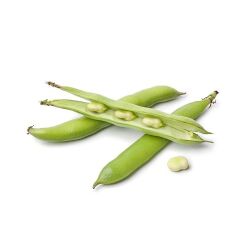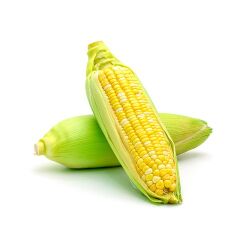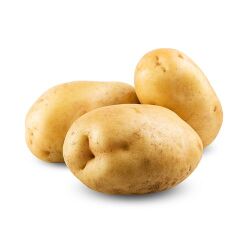Classification of agricultural products based on their use
More than one billion people around the world make their living through jobs related to agriculture and animal husbandry, which has made the agricultural industry worth more than 2.4 trillion dollars in the global economy. In 2020, agriculture provided four percent of the global gross domestic product (GDP) and in some developing countries, more than 25 percent of the gross domestic product. Innovations in plant science and the use of new and sustainable methods are critical to maintaining the health of crops and maintaining such a thriving economy. Establishing healthy, sustainable and inclusive food systems is a critical issue in order to achieve the world's development goals. Agricultural development is one of the most powerful tools to end extreme poverty, improve the level of public welfare and provide nutrition for 9.There are 7 billion people who will make up the population of the planet by 2050. Growth in the agricultural sector is two to four times more effective in raising incomes among the poorest than in other sectors. A 2016 statistical study found that 65 percent of low-income working adults make a living through agriculture. Everything that is grown on farms around the world by farmers and their assistants has a specific purpose. Each of the diverse agricultural products can be considered to belong to a specific category in terms of application and form of consumption, and the category of agricultural products can be formed accordingly. Of course, some types of agricultural products have multiple uses, which puts them in several categories and turns them into strategic agricultural products.In the continuation of this article, you will get to know more about the classification of agricultural products based on the method of use and application of these products in today's life.
Food
From the agricultural point of view, food products are considered separate from animal feed products. Food products are the products that we are most used to seeing in the production department of food factories and on the label (image) on the packaging of processed foods based on vegetables and grains (oils, starches, proteins and flours). For example, in the category of agricultural products, wheat, barley, soy, and corn are among the food products that are obtained directly, either as organic or inorganic products, from agricultural activities.Of course, most of the wheat we buy in our daily life is in the form of bread, pasta and other products made from wheat flour, and this applies to other grains as well.
Many people think that food crops such as vegetables are generally grown in small farms for sale in local markets, but in fact, most of these crops are also grown in large farms, and to facilitate the planting and harvesting processes, they use specialized machinery. And new agricultural technologies are used.
Animal feed
Alfalfa and other forage crops are grown for their stems, leaves, and other plant parts that can be used as animal feed. Livestock either graze these crops in pastures or feed on fodder that has been stored for this purpose.The stored forms of animal feed products are:
The hay crop, which is cut while it is still green, spends enough time to dry in the field and is then properly packed and stored to be fed to the livestock whenever it is needed.
Silage products that are harvested in green and fresh conditions and then stored in anaerobic conditions to increase the shelf life of the product. Then, during the controlled fermentation process, plant sugars are decomposed into organic acids, especially lactic acid, to improve the quality of animal feed.
Chopped forage is harvested, harvested and fed to livestock while it is still green and moist.Fibers
It may be a little hard to imagine that even a pair of jeans is the result of planting and harvesting a specific agricultural product in the fields, but in fact, cotton cultivation and the production of yarn and fabric from it is a very big business! Cotton producers develop this industry hand in hand with researchers and textile industry experts. In our country, Fars and Razavi Khorasan provinces have the highest amount of cotton production. The cotton plant, like other agricultural products, needs water, nutrients and other things that plants use during the growth stages of the product to grow. Industrial hemp is also a product of the fiber category, after cotton, it has the second rank in terms of production and diversity among natural fibers.


